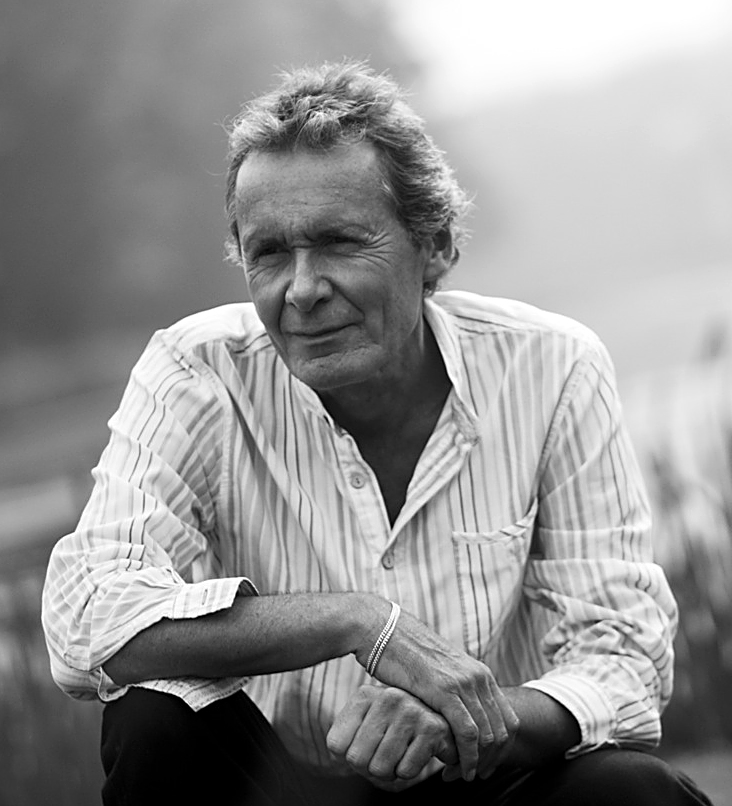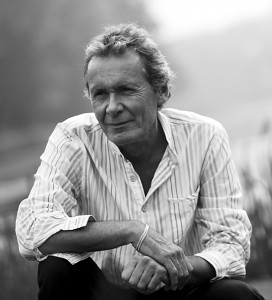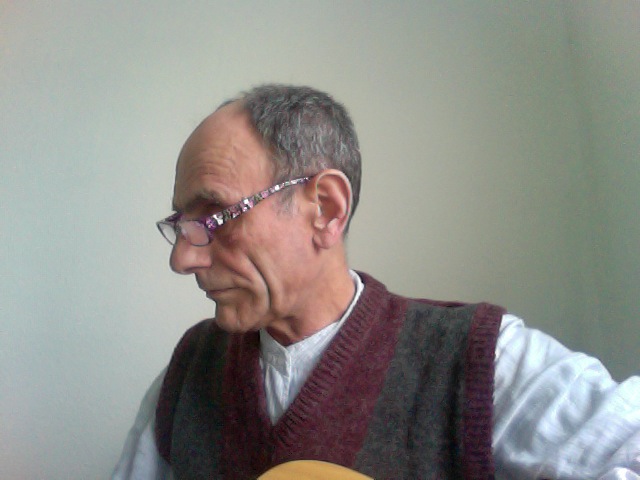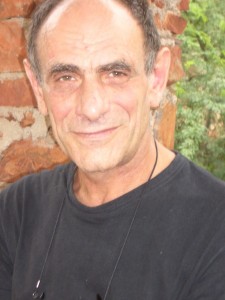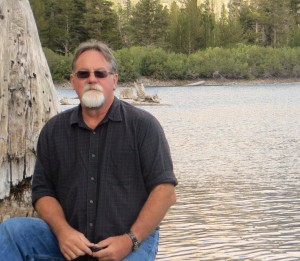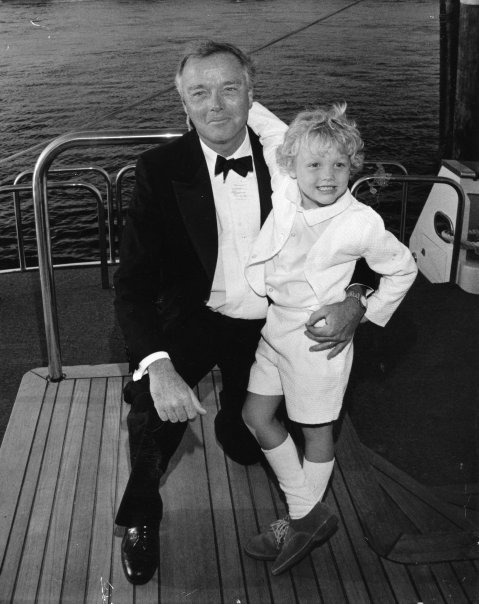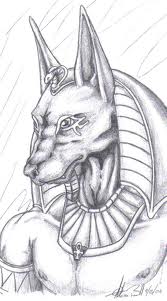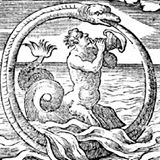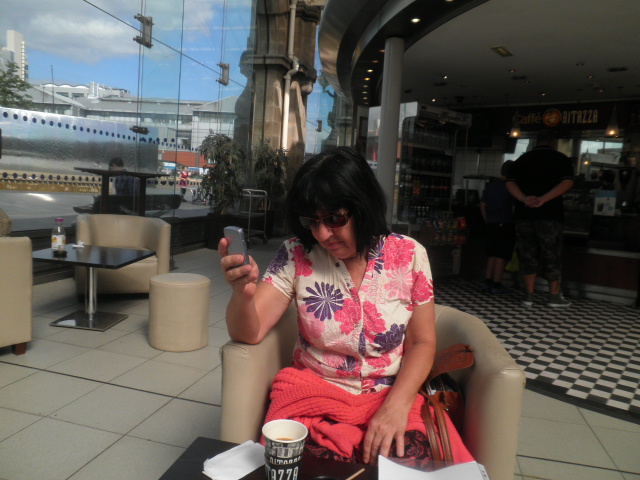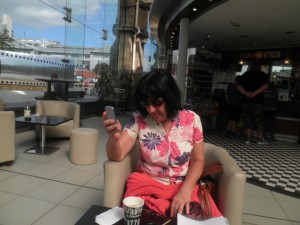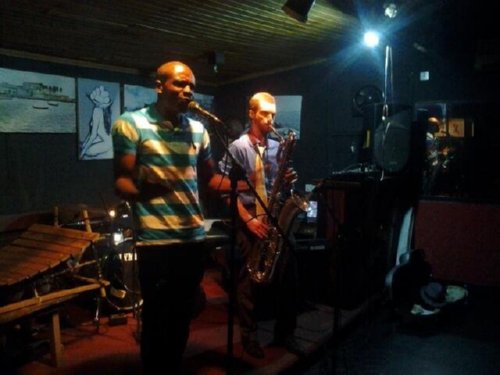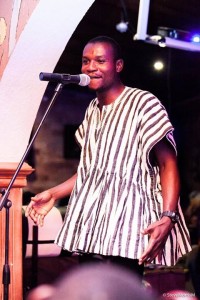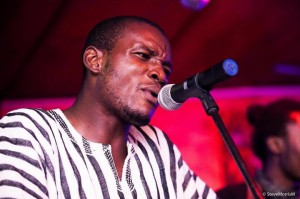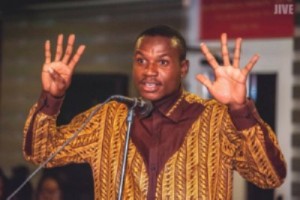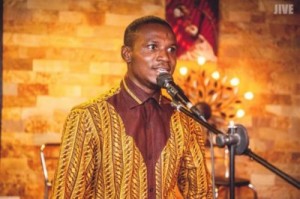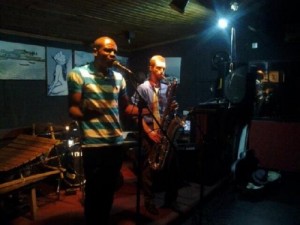Then the dream came back again.
It often comes these days.
Manjushree with a sword in his hand,
rushing toward Chobar.
Men, working in the farm,
complementing each other.
Colourful streets, women wearing bright red saris
dancing, bear a resemblance to the festival of Teej.
Thundering moan of Kali Gandaki
and the concentration of dazzling mountain peaks.
Salubrious aroma of incense sticks
and the burning earthen lamps.
Snow roosters and the barking deer’s
walloping here and there.
Then, all of a sudden…..
Brutal wind meandered
through the serene forests of time.
Then someone, may be a priest,
showed a black shirt, belonging to the God himself.
But not a single drop of rain fell on it.
Someone then shouted,
“Machchendranath is angry, Nepal has lost her fertility.”
I saw Lord Shiva standing in front of me,
blood dripped like tears down his forehead.
I saw dead body of Lord Shiva floating on the
Lake Gosainkund. Saw Nagkunda, Bhairavkund,
Saraswati Kund and Suryakund clad in fabric white,
with shaven heads, mourning the Lord’s death.
Bhuwan Thapaliya works as an economist, and is the author of four poetry collections. Thapaliya’s books include the recently released Safa Tempo: Poems New and Selected (Nirala Publication, New Delhi), and Our Nepal, Our Pride (Cyberwit.net). Poetry by Thapaliya has been included in The New Pleiades Anthology of Poetry and Tonight: An Anthology of World Love Poetry, as well as in literary journals such as Urhalpool, MahMag, Kritya, FOLLY, The Vallance Review, Nuvein Magazine, Foundling Review, Poetry Life and Times, Poets Against the War, Voices in Wartime, Taj Mahal Review, and more.

Author
Our Nepal, Our Pride
http://www.amazon.com/Our-Nepal-Pride-Bhuwan-Thapaliya/dp/8182531152
robin@artvilla.com
www.facebook.com/PoetryLifeTimes

